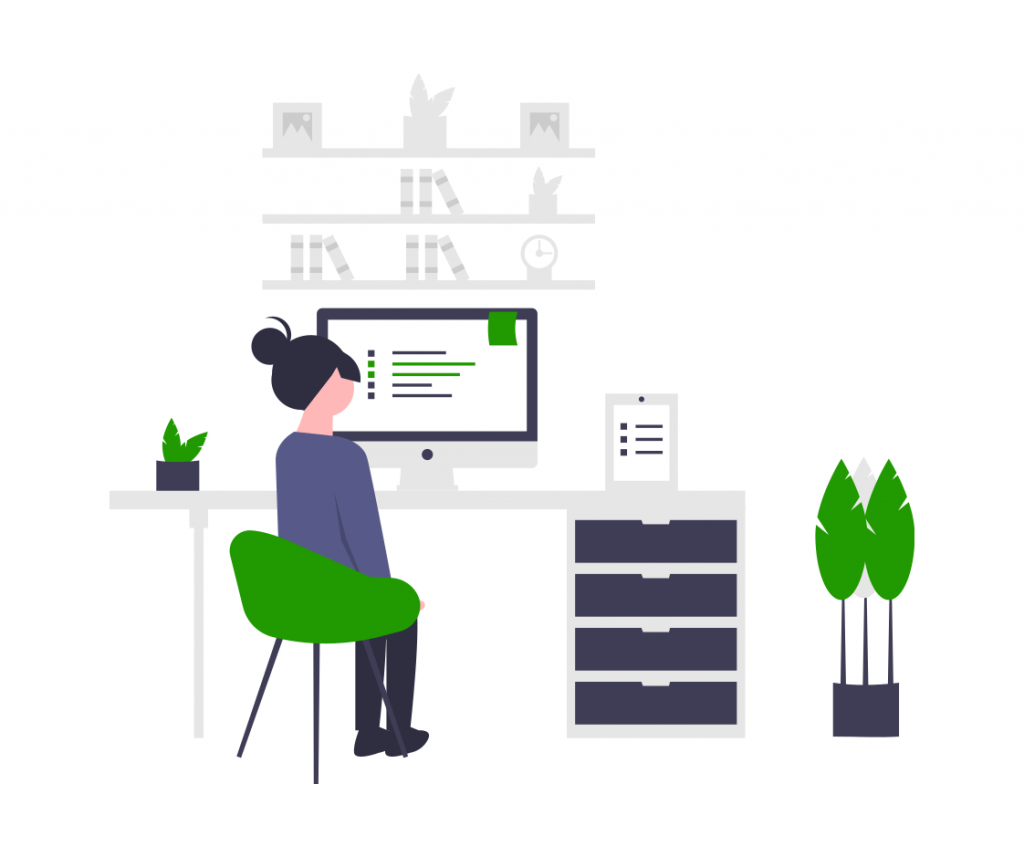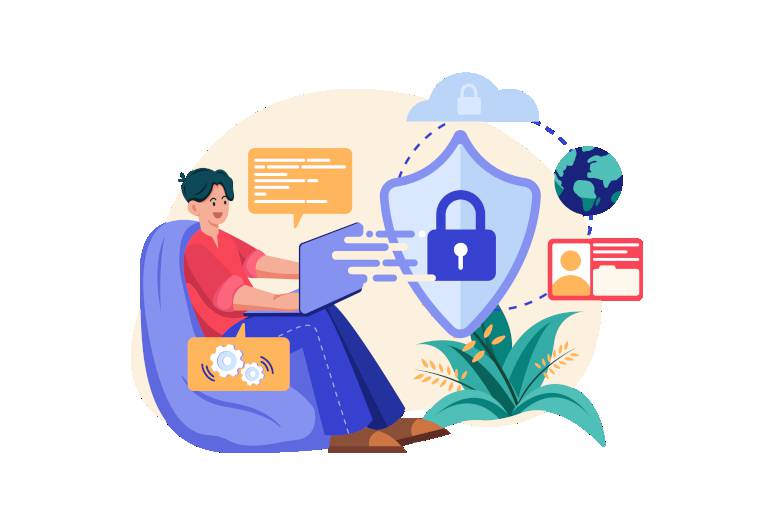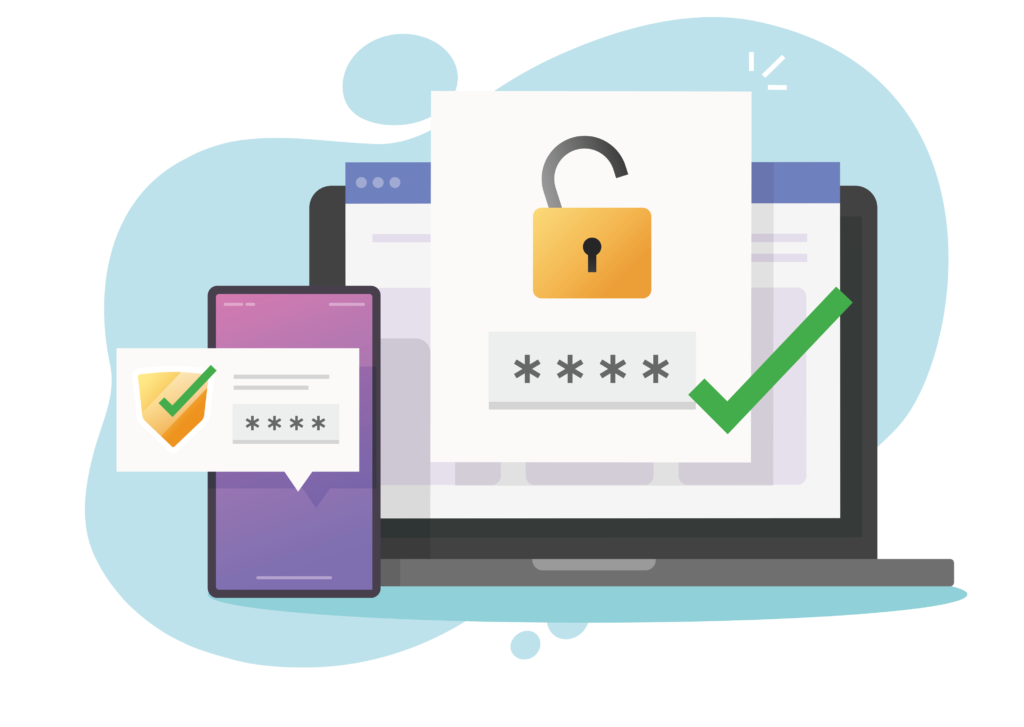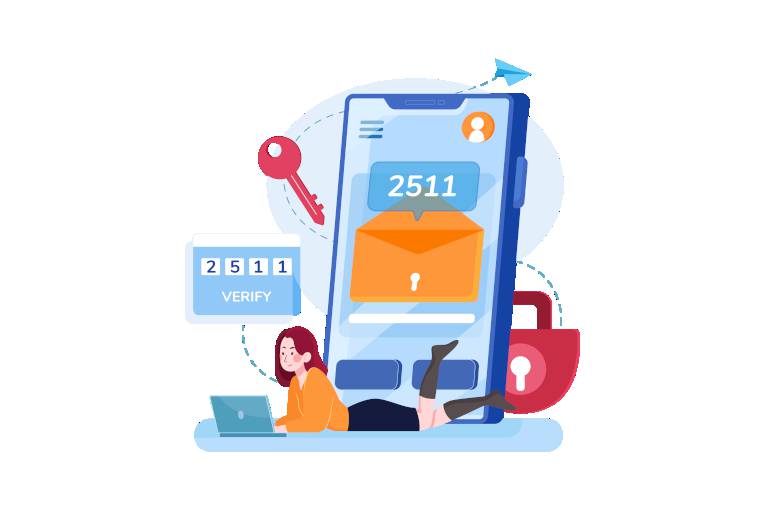
In today’s digital age, now, more than ever, your business should prioritise guarding against the most common cyber threats. Cyber security is vital for protecting all categories of data from theft and damage, so to get you started, we have put together a list of the top 10 most common cyber security threats, and how they can be prevented with proactive measures, in a matter of minutes.
1. Phishing
One of the most common cybercrimes, phishing targets are contacted by email, phone or text messages by someone posing as a legitimate source, such as a well-known brand. A favourite tactic amongst cybercriminals, these messages lure individuals into providing sensitive data, such as bank account numbers and passwords.
IBM’s 2021 Cost of a Data Breach report listed data costs rising to $4.24 million, the highest average total cost in the history of the report. With this in mind, can you afford the cost of a successful phishing attack?
Ways to Prevent It
Phishing Test
The Freestyle TS phishing test is a fast and smart way to discover the effectiveness of the cyber security within your workspace. Now’s the time to test your cyber security for vulnerabilities with an employee phishing test, and identify the fixes required to strengthen your training.
Identify Phishing Attempts
It’s also wise to ensure your employees know the key ways to identify phishing emails, so that your business can avoid untold damage to your organisation and finances. We have put together a guide with 10 quick ways to identify phishing emails to get you started.

2. Malware
The most common type of cyberattack, malware or ‘malicious software’ is designed to harm or exploit computer software, networks or servers. Because malware comes in so many variants, including ransomware, viruses and worms, to name a few, it is becoming increasingly difficult for users to protect themselves against an infected computer system. However, there are measures you can take to significantly minimise the risk.
Ways to Prevent It
Anti-Virus Software
Installing anti-virus and anti-spyware software is crucial for malware prevention. This software will scan your files to identify and remove malware.
Keep Software Updated
Another important step towards minimising a malware attack is to keep your software updated. Whilst it may not seem as significant as installing anti-virus software, it is just as important. After all, no software package is completely safe against malware. Whilst software providers aim to regularly improve and tackle new vulnerabilities, it is best practice to regularly update your systems, tools, plug-ins and browsers.
3. Supply Chain Attacks
A supply chain attacks occurs when a cybercriminal accesses your system through a third-party supplier or vendor. According to CrowdStrike’s 2021 Global Security Attitude Survey, 45% of respondents had been victim of a supply chain attack in the past 12 months – highlighting just how common these malicious acts can be. With supply chain attacks on the rise, here are ways your business can protect against them.
Ways to Prevent It
Assess Vendor Cyber Security
As a company, it’s vital that you undertake full due diligence on any third-party vendors and contractors, assessing their security measures and researching past breaches the vendor may have experienced.
Implement Least Privileged Access
We get it, when you feel like you can fully trust a provider or external contractor, it can be easy to hand over permissions. However, this could backfire, and supply chain attacks could be made far easier. Therefore, we recommend assigning third-party vendors and software necessary permissions only.
4. Password Attacks
Amongst the most prevalent hacks cybercriminals employ to obtain your information, a password attack is when someone a hacker cracks a user’s password or login credentials to access their data.
Ways to Prevent It
Creating Strong Passwords
Whilst it may seem the obvious solution, it’s often surprising just how many people are reluctant to set strong, complex passwords on their accounts.
To prevent password attacks, your employees should endeavour to create all passwords following these rules:
- Avoiding personal details such as addresses and names
- All passwords should be eight or more characters in length
- A combination of uppercase and lowercase letters, numbers and symbols
- Unique passwords for every account
- Avoiding generic passwords such as ‘12345’ or ‘password’
Enable Two-Factor Authentication
Another vital step in preventing password attacks is to enable two-factor authentication (2fa). Whilst it can feel a faff to set up, doing so could massively reduce the risk of cybercriminals using your login credentials to access sensitive data. In the digital age, it’s essential that companies see 2fa as more than a legal requirement, and begin to understand its security.

5. Insider Threats
A major threat that is particularly common amongst small businesses is insider threats. This is when an organisation is at risk due to the actions of an employee, former employee, business contractor or associate. As more and more employees are gaining access to critical company data, the threat is only growing.
Ways to Prevent It
Promote Security Awareness
The key to blocking insider threats is to promote a strong culture of security awareness within your organisation. Not only will this minimise ignorance, but it will also help other employees to identify a data breach, or when an attacker is attempting to compromise company data. We have put together a practical guide, packed with valuable insights and practical tips to enhance your knowledge of cyber security in the workplace. Here’s everything you and your staff need to know about the importance of cyber security and how it is changing.
6. Man in the Middle
A man-in-the-middle-attack allows attackers to eavesdrop on the communication between two targets, without either party knowing that they are being monitored or manipulated by the attacker. With attacks of this kind often being undetected, it is clear they pose a very serious threat. So, how can they be prevented?
Ways to Prevent It
Avoid Public Networks
We have all worked from the local coffee shop, but did you know this could pose a serious threat to your organisation? All employees should avoid using public networks, particularly when conducting sensitive transactions. The biggest threat to free Wifi security is the ability for the hacker to position themselves between you and the connection point. So, instead of talking directly with the hotspot, you’re sending your information to the hacker, who then relays it on.
Only Visit HTTPS Websites
Another way to minimise Man in the Middle attacks is to only visitHTTPS websites. This is because sites of this kind encrypt data and help to prevent attackers from intercepting communications.

7. Internet of Things (IoT) Device Hacking
Whilst the hybrid working movement has taken the world by a storm, this has given hackers more infiltration opportunities than ever before. This is because the majority of IoT devices are interconnected, which compromises the security of multiple devices if one device gets hacked. Therefore, before utilising the benefits of remote working, it’s important to secure all of your employee devices.
Ways to Prevent It
Disconnect IoT Devices That Aren’t Used
In the digital age, it’s not uncommon to have fridges, dishwashers, televisions and other household electronics connected to the internet. However, it’s likely that you may not actually need the WIFI as part of the devices daily usage, if ever at all. So, look carefully at the features of your devices and decide whether they need to be connected to the internet to function, where possible, disconnecting devices when they are not needed.
8. Structured Query Language (SQL) Injection
An SQL injection occurs when an attacker inserts malicious code into a server that uses SQL. This will force the server to reveal information it would normally withhold, such as credentials of other uses in the database, allowing them to impersonate these users. This is particularly threatening if the impersonated user is a database administrator with all of the admin rights and database privileges.
Ways to Prevent It
Adopt the Latest Technologies
A great way of minimising SQL injection attacks is by adopting the latest developer technologies. Older web development tech will not have SQLi protection, so it’s best to stick to the most up to date systems for optimal security.
9. Cryptojacking
With the rise of artificial intelligence and the use of virtual currency, such as crypto, it’s no surprise that this attack has made it into our top 10. Cryptojacking is when a hacker hijacks your computer to mine cryptocurrency. This is typically done by embedding malicious code into a website or email, causing the victim’s computer to mine cryptocurrency without their knowledge or consent. Not only can this slow down a computer, but in some cases, actually cause physical damage.
Ways to Prevent It
Use Ad-Blockers
Web ads are common targets for attackers, as this is where cryptojacking scripts can be embedded. Using an ad-blocker can detect and block malicious code.
Disable JavaScript
Whilst JavaScript can enhance the search experience when browsing online, disabling this temporarily can prevent cryptojacking code from infecting your computer when surfing the web.
10. Drive-by Downloads
To finalise our list of the top 10 most common cyber security threats, we are taking a closer look at drive-by downloads. This attack often occurs when a user visits a malicious website or clicks a malicious link, consequently downloading malware on their computer, stealing sensitive information or allowing the attacker to take control of the computer.
Ways to Prevent It
Organise Your Software
The more plugins you have, the more susceptible you are to an attack. We recommend streamlining your products, and only keeping those you utilise on a regular basis. Not only will this help to speed up your pc, but it will give you peace of mind that your systems are more secure.
Find Out More About Freestyle TS’ Cyber Security Services
As you can see, with a world of cyber security attacks threatening businesses across the country, it’s vital that you put the necessary measures in place to protect your business assets. Still unsure where to get started? We can help!
The Freestyle TS solution covers all you need to improve cyber security in your business. As Cyber Security Plus Certified Partners, we offer a multitude of services from anti-virus software and email filtering to 2-factor authentication, our services have increased cyber security built in, so we’ve got you covered! Learn more about our cyber security services today.



